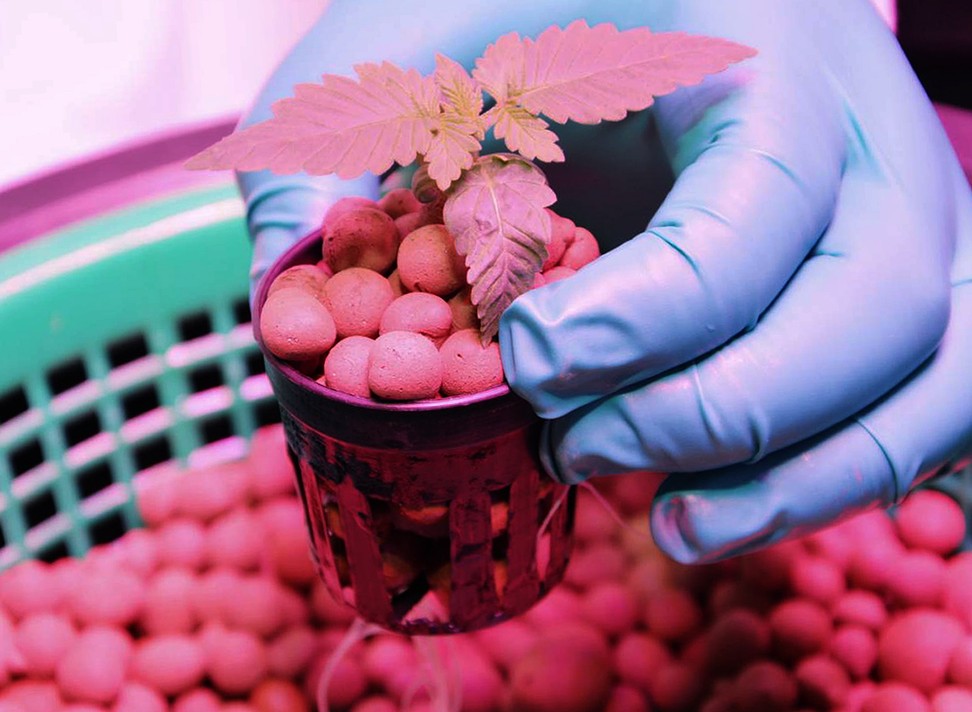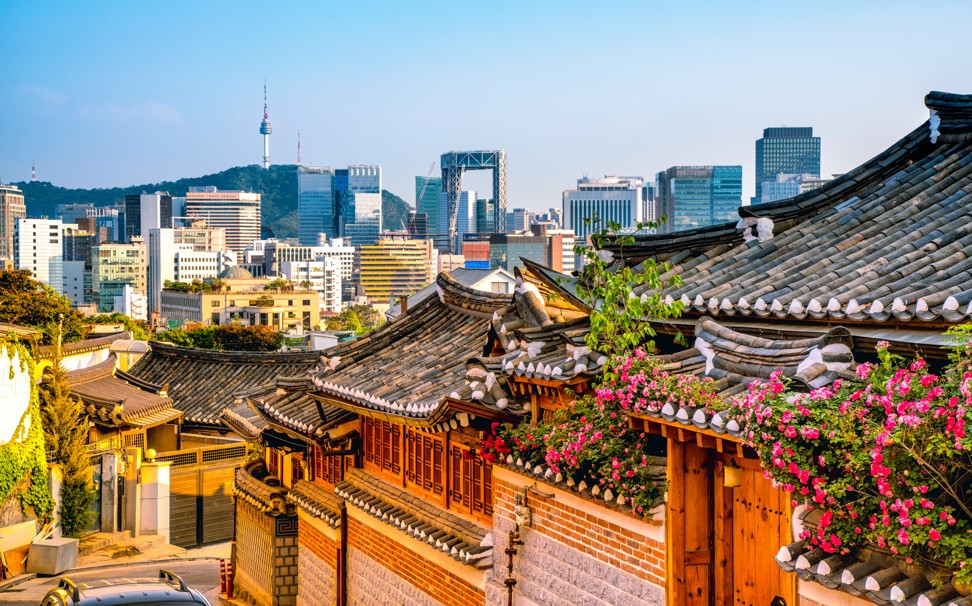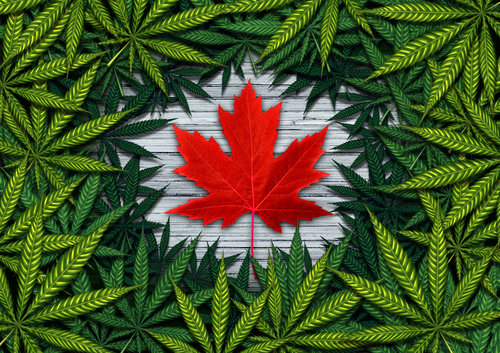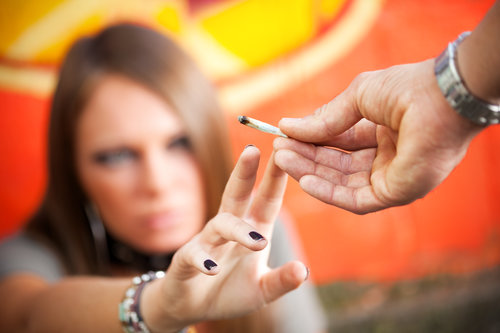The stigma associated with marijuana, which once cast cannabis consumers as lazy underachievers, is now a thing of the past. Cannabis has slowly gained mainstream acceptance, even in athletic arenas, and for good reason.
Athletes in all sports, at all levels, are forever looking to improve their training recovery time. This is why they are constantly experimenting with new modalities to see what can enhance this very important part of their training cycle. And for athletes looking to improve their recovery, cannabis has a lot to offer in more ways than one. As a sports nutritionist and strength coach, I have worked with over 100 world and national champions from a variety of sports including Olympic athletes and professional bodybuilders. I’ve incorporated cannabis into my athletes’ training regimens with very positive results. Let’s take a look at a few ways that cannabis can take an athlete’s performance to new heights.
Reducing Pain
Without a doubt, cannabis is one of the most beneficial medicines for managing pain. Marijuana’s medicinal benefits have been touted for decades as the herb helps reduce pain levels in those suffering from different issues, including fibromyalgia, arthritis, degenerative disk disease and much more. Those reading who are not serious athletes might not be aware of it, but competitive athletes are in pain all the time. The grueling training sessions performed multiple times a day can really take a toll on the body. When you are in the gym for three sessions per day preparing for competitions, you can bet that pain is going to follow. I am not talking about the pain that occurs during the session, like muscle burn when doing a drop set. I am talking about two specific types of pain that all athletes must deal with.
The first is delayed-onset muscle soreness. This will hit an athlete two days after a particularly strenuous training session. This is good pain, but it’s pain nonetheless. After an intense leg workout, an athlete will limp around for a few days—and that is the norm day after day, week after week. By the time they have healed up, it’s time for another leg session, which keeps them in a constant cycle of soreness.
The second is old-man wear and tear. If you have been in any sport competitively for any length of time, you know that by beating your body down decade after decade, eventually it’s not going to be so forgiving. The cartilage in a knee can wear down or an old shoulder injury will act up when it rains. Either way, the mileage you put on your body will show up in different forms, and this is why many athletes turn to nonsteroidal anti-inflammatory or opiate-based pharmaceuticals to help cope with the pain. But as we have seen over and over again, cannabis is a much healthier alternative to help alleviate the pain many athletes deal with on a daily basis.
Sleep Quality and Quantity
When it comes to recovery, the two biggest factors are optimal sleep and the current nutritional regimen. Cannabis can really help improve the quality of sleep for athletes. Muscle damage from a workout gets repaired during the sleep cycle—the body’s cells are recycled and a cascade of different hormones is activated to produce muscle growth. If your sleep time or quality of sleep is negatively affected, your rate of recovery will dramatically decrease. Many athletes also deal with insomnia due to nutrient deficiencies and the intense demands they put on their central nervous system.
An athlete’s sleep can also be compromised when they’re in a caloric-restriction phase prior to competing in combat sports or a physique event like bodybuilding. During this time, athletes might find themselves having difficulty falling asleep. Then, when they finally get to bed, they wake up a few short hours later wide-awake. Cannabis has been proven to improve sleep duration and quality of sleep time and time again. When an athlete gets a good night’s rest, their performance is dramatically improved. When it comes to improving sleep, I’m a big fan of indica-dominant edibles. Nothing will help you get to sleep better than a high-THC indica in tincture form. My one issue with those cute little gummies and brownies most are familiar with is that I don’t want my athletes consuming excess sugars and fats not accounted for in their nutrition plan. This is why I prefer medicinal cannabis tinctures, which I’ve found to be accurate in dosage and very effective.
Sluggish Appetites
As I touched on above, the second factor to consider in recovery is proper nutrition. The problem some athletes face is not being able to take in enough meals per day to help them replenish what they lost through their training sessions. If you are not taking in the right amount of protein, fat and carbs to help this process, your recovery will be subpar. Cannabis can be quite helpful for those athletes that are having a hard time achieving the calorie requirements they need to reach peak performance.
Most of my athletes will consume between five to seven meals per day. When you get to meal number five and realize you still have two more to go, it can sometimes be a bit of a drag. Of course, these meals consist of the proper macronutrient layout, so it’s not like an athlete can just go out and eat a pizza and wash it back with a Blizzard from Dairy Queen. Some athletes prefer a high-THC hybrid strain to help increase their appetite later in the day when they have lost the enthusiasm for another meal. Others use sativa-dominant strains earlier in the day to keep their appetite up all day long. There are other ways to simulate one’s appetite, but cannabis’s effectiveness is unparalleled (and preferred over pharmaceuticals known to increase appetite).
The difference between an athlete getting in all their prescribed meals for the day and missing out on the last two meals due to a lack of appetite is huge. It not only affects their recovery but also their performance during their next training session. This is yet another reason why cannabis is an important ergogenic aid, allowing athletes to consume optimal nutrients for peak performance.
Swelling and Inflammation
Muscle, joint and tendon inflammation is another issue that all athletes deal with regularly. If you engage in contact sports like football or mixed martial arts, you will have even more issues related to inflammation. When you train hard, you are going to get injured—it’s the name of the game. No matter how hard you try to stay safe, no matter how well your program is designed, no matter what body-therapy modalities you use regularly, injuries will find you. One example is tendonitis in different parts of the body. This is usually caused by overuse and allowing your body to stay in an inflamed state for too long due to dietary and lifestyle choices. Anyone that has suffered from tendonitis knows that not only is it painful and restricts different movements, it also lakes forever to heal. Consuming cannabis on a daily basis can help reduce this inflammation, especially when combined with a nutrition plan that restricts all foods that contribute to this process. This will include taking out all inflammatory markers from the diet like omega-6 fats, refined carbs and sugars. This will allow other rehab modalities like massage, active release techniques and chiropractic sessions to work that much better. Cannabis on its own will produce some amazing results in many aspects of an athlete’s life. But when properly combined with the right holistic approach, it can truly be life-changing.
Tendons and Bones
One of the many benefits of high-cannabidiol (CBD) strains is the positive effect they have on healing tendons and bones. Not only is this shown in medical studies, but in the real world with the athletes I consult. One study in the Journal of Bone and Mineral Research demonstrated that CBD, when administered properly, helped to heal bone fractures at a faster rate. The study even showed that bones were less likely to re-fracture in that same area. This is due to the direct action CBD has on inhibiting the G protein-coupled receptor 55. When this receptor becomes overstimulated, it can increase the transfer rate of calcium from bones into the bloodstream, leading to a softening of the bones and even contributing to such conditions as osteoporosis. CBD has been shown to prevent this, encouraging better bone density.
A world-champion powerlifter I worked with tore his bicep right off the bone. He had to have surgery to reattach the tendon, and he also had to have screws put into his inner elbow to hold everything in place. During this rehab phase, he consumed high-CBD, moderate-THC strains, microdosing several times per day using a dry-herb vaporizer. When he went back to the doctor four weeks after surgery, the surgeon was completely surprised at his healing rate. In fact, he was told that the progress he made in just four weeks was what most athletes saw at eight weeks after surgery. This is just one example of how cannabis and its medicinal constituents can help athletes recover faster from injuries, even tendon ruptures and bone fractures.
Neurological Damage
One of the oldest lies we’ve been told about cannabis is that it will destroy brain cells and make you stupid. In fact, it does just the opposite. Neurogenesis refers to the growth and development of neurons in the brain. While scientists used to believe that this could not occur after the embryonic-development phase, they now understand that it still occurs even as we age. One of the most beneficial cannabinoids to help in this regard is THCA. Everyone is familiar with THC, but not so many understand the benefits of THCA. Also known as tetrahydrocannabinolic acid, this wonderful compound can have dramatic neuroprotective properties. One of the best ways to get in your dose of THCA is to juice your fresh flower instead of vaporizing it.
It is well known that cannabis has shown some real promise in treating symptoms of neurological conditions, ranging from Alzheimer’s to multiple sclerosis to epilepsy. Scientists have found that THC and CBD not only reduce inflammation in the brain but also lower excitotoxicity, which is cellular damage in the brain when its receptors become over-activated. This is why more and more NFL players are turning to cannabis to recover from brain trauma.
Recovery Time
When it comes to methods to decrease the time between training sessions, I have had my athletes use just about everything available. The faster you recover, the more training sessions you can fit into a specific cycle, only to perform that much better on competition day. This is another area in which cannabis shines. I have found that my athletes (from a wide variety of different sports) recover much faster when using some form of cannabis compared with those that do not. I believe this is due to the multiple factors outlined above.
While many supplements and even performance-enhancing drugs have their direct purpose, cannabis seems to benefit athletes in many different areas. Some athletes don’t recover from sessions as quickly as others. This can be due to factors like genetics, recovery methods, sleep quality, nutritional deficiencies and outside stressors. I have personally found that these athletes in particular gain a huge benefit from dosing with cannabis daily. In fact, many athletes that would need 72 hours between training certain movements or body parts can reduce that period to 48 hours by using cannabis. That is a massive improvement. Reducing recovery time by a third really demonstrates the power of the plant.
As you can see, cannabis offers the competitive athlete some huge advantages in the area of performance recovery. It can help target not one but several different areas an athlete may need help in to truly maximize their rate of recovery. This is why I incorporate properly guided protocols for cannabis use with my athletes looking for that competitive edge (all my athletes that consume cannabis are legal medical-marijuana patients with a doctor’s prescription and receive their medication from a licensed producer).
Not only does cannabis offer a proven, multifaceted approach to recovery, it is also completely nontoxic. If you are an athlete that has considered adding cannabis as an ergogenic aid to your recovery program, now is the time to experience it for yourself and take your performance to the next level.




